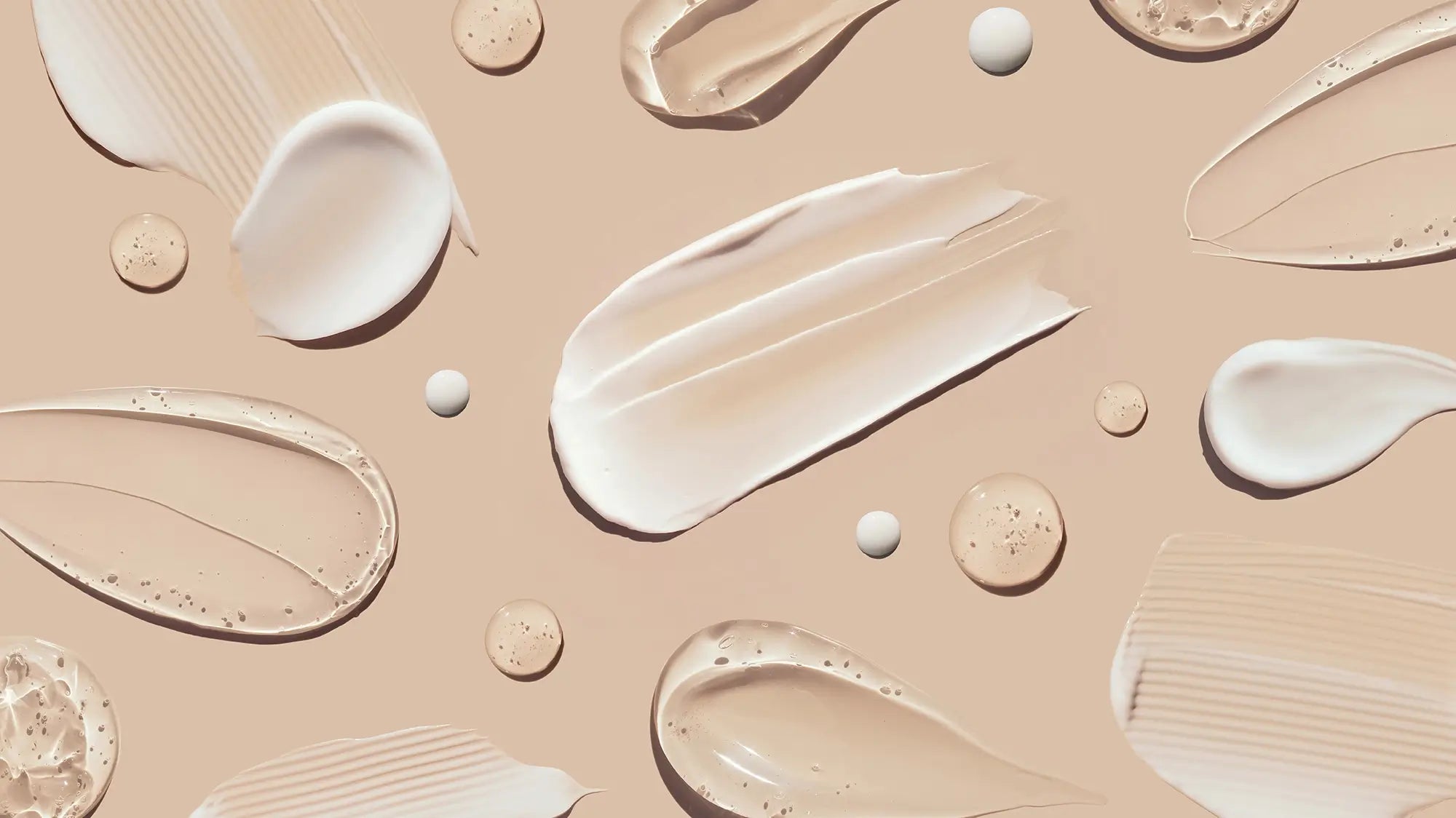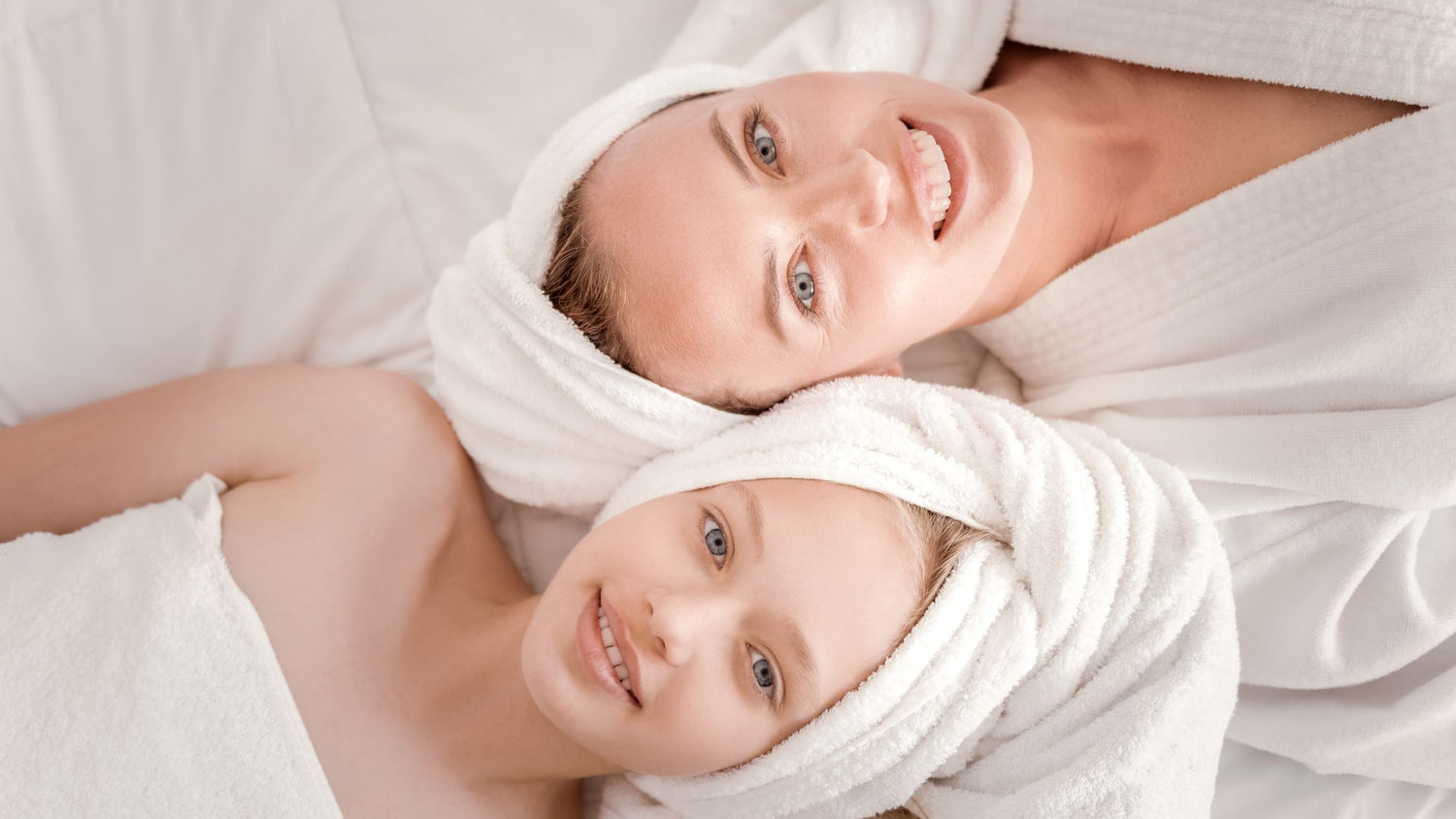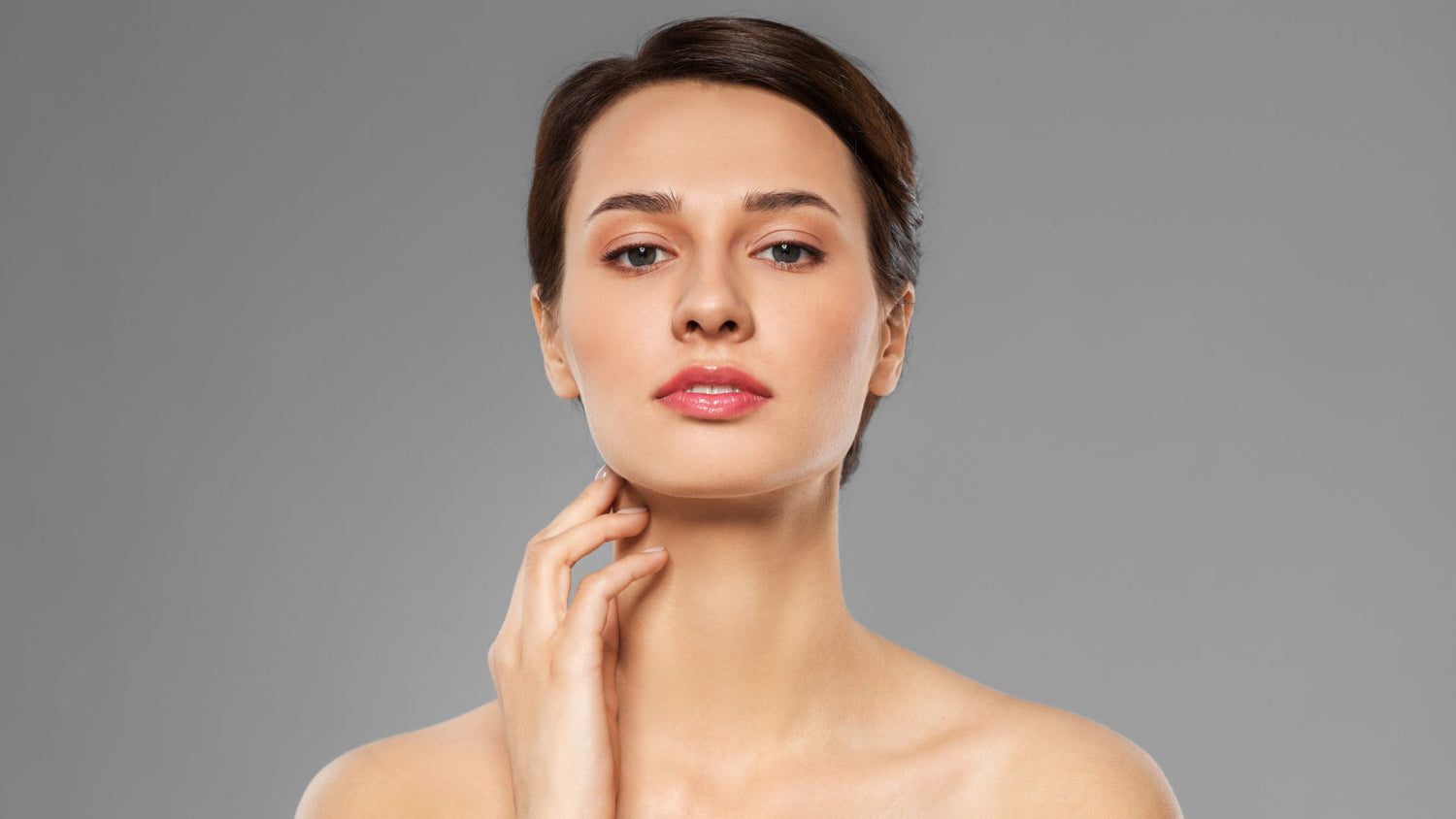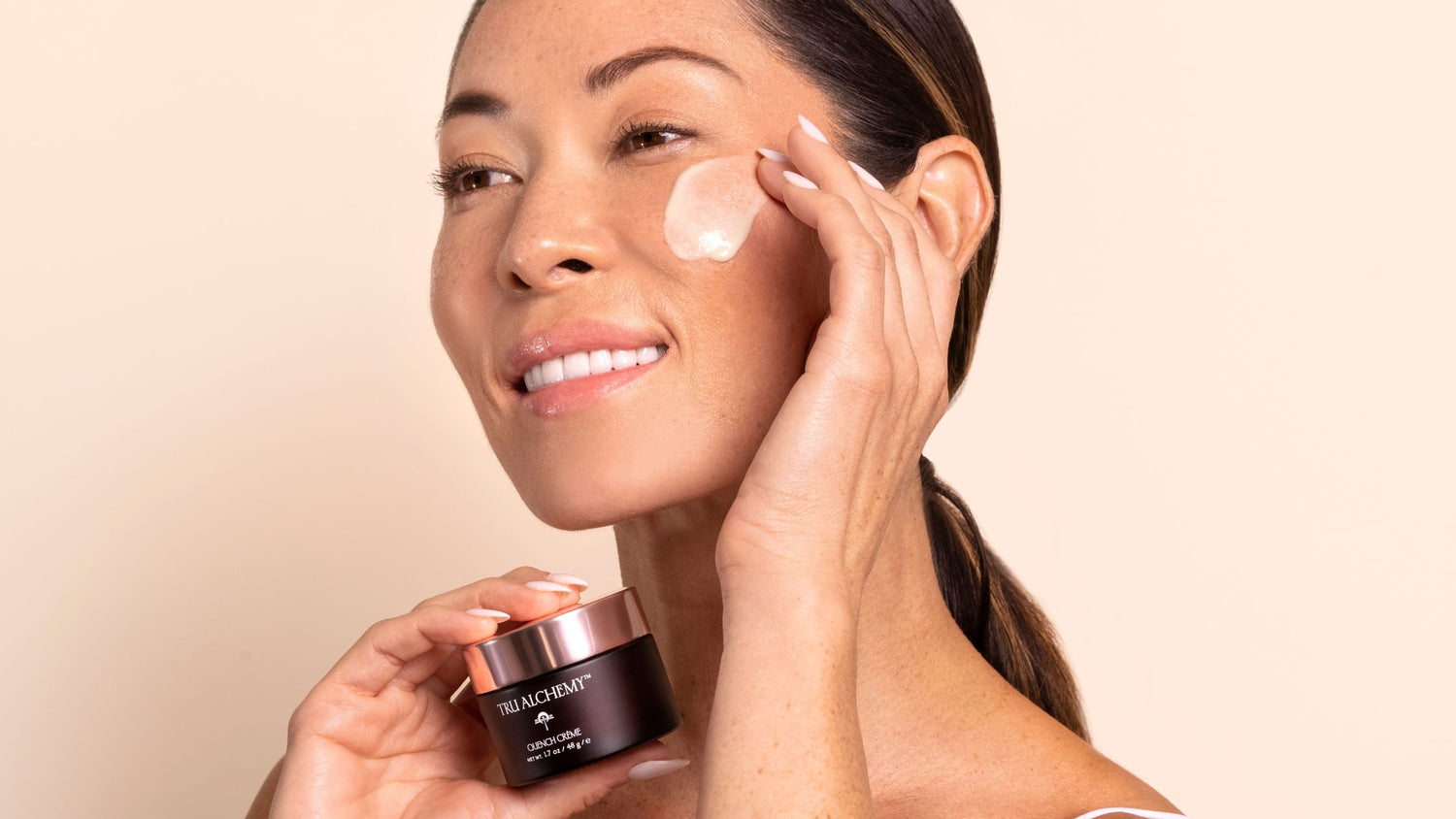
What Is Skin Cycling, How to Do It, and Why You Should Try It
Curtis BradshawPerhaps you’ve seen “Skin cycling” trending on TikTok and wondered what the hype is all about, and could it be the missing step of your skincare routine? Though it may sound like a facial exercise, the term describes a technique of applying products on a cycled schedule. With retinoids, exfoliants, and all kinds of serums and devices, it can be hard to keep track of what goes on and when it goes on.
There’s been so much confusion surrounding how to layer active ingredients and how to “cocktail” them together. You can essentially overwhelm the skin by layering too many products and causing sensitivity. To avoid this, and pare down your routine, let’s get into skin cycling below.
What Is Skin Cycling?
Skin cycling promotes using active ingredients strategically to enhance one another rather than cause a reaction. The basic skin cycling regimen is a four-night cycle with built-in rest days. It’s a gentle introduction to bringing actives into your skincare product rotation. Night one is an exfoliant, the second is a retinoid night, and the third and fourth are rest and recovery nights, then you repeat the cycle.
How Skin Cycling Works
Night 1. Exfoliate
It’s best to start with an exfoliant product first to help make the product that follow more effective. Afterward, you’ll want to moisturize. We prefer using chemical/liquid exfoliants because they are gentler on the skin than physical exfoliants, which can be abrasive and scratchy. That’s why we love Tru Alchemy’s Spot Check with a TriDroxy Acid Blend® of phytic, lactic, and glycolic acid to promote visibly smoother, glowing skin.

Night 2. Retinol
After a fresh complexion has been revealed from the previous gentle exfoliation, the second night is focused on refreshing, renewing, brightening, and firming with retinol/retinoids. These vitamin A derivatives can help reduce the appearance of fine lines by promoting your body’s normal collagen production. We love using Tru Alchemy’s Retinol Reset with bakuchiol. Bakuchiol complements and enhances the youthful effects of retinoids, and together they make a dream duo. Of course, Retinol Reset is also formulated with a blend of niacinamide, squalane, and hyaluronic acid for a calm, smooth, refreshed, and hydrated complexion.
And if your skin is still feeling dry, you can moisturize with Quench Crème on top of Retinol Reset. You’ll want to start incorporating Retinol Reset in your cycling one or two nights a week at first just to see how your skin responds. One thing to note — do not “slug” or apply an occlusive balm on top of retinol, as it can over-intensify the product and cause sensitivity.
Nights 3 & 4. Recover
The third and fourth nights are resting times for your skin, so you want to be sure not to use any actives. Instead, you’ll want to focus on nourishing your skin microbiome and restoring your skin barrier, so think hydration and moisture. We love simple plant ceramides, hyaluronic acid, and rich botanical lipids.
One thing to note is that skin cycling can be customized as your skin acclimates to any new product. You can reduce a rest day to one night if your skin has shown to tolerate retinol well.
How Often Should You Skin Cycle?
Consistency is key, as with any product or technique. The best products need time and patience to reveal their magic. On rest days, you can use different therapies that can help gently rejuvenate this skin, such as light therapy or facial massage.

How Does Skin Cycling Help Your Skin?
A healthy skin barrier is essential to our skin health, not just its appearance. Your skin barrier protects your skin from environmental stressors like pollution, the sun, debris, and grime.
Over-exfoliating with scrubs and using intense retinoids all at once may impair a healthy skin barrier, which is why recovery nights are essential. This gives your skin time to repair, replenish, and restore the barrier. Some skin types may need this kind of rest and recovery year-round, but normal skin types might want to implement this cycling method in the spring and fall when the skin is more prone to dryness.
Does Skin Cycling Have Any Side Effects?
The premise of skin cycling is to minimize sensitivity or dryness from overlapping products as much as possible. However, as with any skincare routine that involves actives like retinol, vitamin C, alpha-hydroxy acids (AHAs), etc., you should be mindful of any side effects, especially if you're new to these products. A tip to acclimate skin slowly is to apply a balm or moisturizer first in delicate areas like around the nose or eyes.
One thing to note is retinoids may also make you more susceptible to the sun, so it’s essential to prioritize SPF during the day and only use retinol in your bedtime routine.
Do Dermatologists Recommend Skin Cycling?
Many dermatologists advocate for slowly introducing new products to skincare regimens as a way to minimize sensitivity. They often recommend noting how your skin reacts and increasing the frequency and strength of retinoids and exfoliants from there.
Final Thoughts
There’s a reason why skin cycling has become so popular as people begin to embrace minimalism with products and a protective and replenishing approach to skincare. This particular technique is intuitive and provides structure. When considering any new addition to your routine, consider how it nourishes and prioritizes rest as a powerful tool for renewal.



